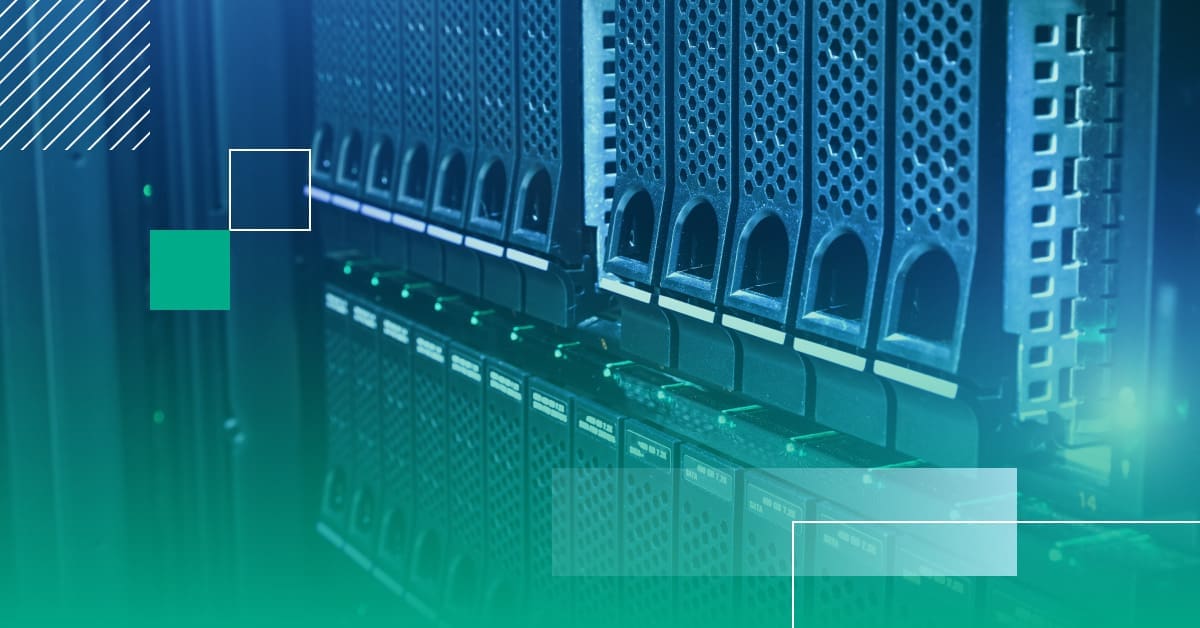OEM support vs. third-party support – be prepared with what to know for each:
- How costs differ and why
- Coverage and service offers of each
- Flexibility and support options for both
- Is there possibility of customization?
- Which fits your needs better?
- Which option should you choose?
When it comes to post-warranty maintenance, shouldn’t the advantage really go to you?
Costs
OEM
- Sky-high costs
- OEMs favor a new hardware sale over a maintenance contract (even when new hardware isn’t necessary).
- High support costs can lead you back to the purchasing table sooner than really needed.
TPM
- Significantly lower costs
- Third-party maintenance providers’ goal is to meet your need with the best custom solution.
- Lower maintenance costs keep your current data center equipment functioning well, even post-warranty.
Coverage
OEM
- One brand only – no option or flexibility
- OEM engineers service their own brand of gear only – data centers with more than one brand will need another engineer
- Unnecessary time is spent on determining who “owns” a problem rather than taking action to fix a problem, extending your downtime.
TPM
- Multiple vendor options for your whole data center
- Third-party maintenance engineers apply expertise to a variety of OEM storage, server and network gear, not just a single brand.
- Your issue is resolved no matter what – your third-party maintenance support engineer is your dedicated service provider and understands your custom solution.
Administration
OEM
- “Our way is the only way”
- OEM contracts tend to lock you into a narrow set of data center support options.
- Not unusual for your changes and customization requests to be met with delays and penalties.
TPM
- “Your way! We will customize your data center support.”
- Third-party maintenance agreements offer you flexibility and a wide range of data center support options.
- You’ll find one simple customized solution that solves multiple issues – data center updates, budget constraints, and other key business considerations.
Topics:



